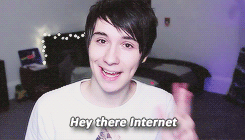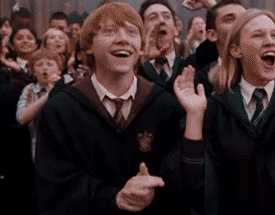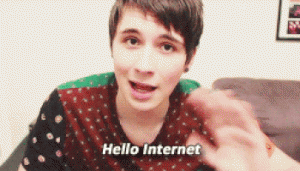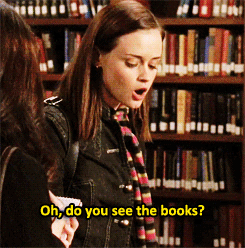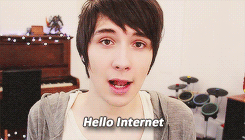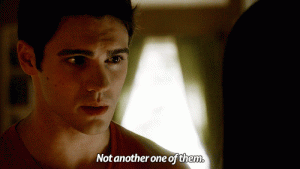
So, we’re currently doing a unit on fantasy. Specifically, we’ve recently been learning about the concept of wonder.
First of all, we brainstormed a list words related to wonder. That list of words eventually looked something like this:
fantasy
Questions
Children
Creation
Understandings
Contemplating
Innocence
Story
Change
Dream land
Telepathy
Wonderland
Dreams
Awe
Creativity
Psychology
Psycho
Strange
Extraordinary
Belief
Magic
Theory
Wish
Impressive
Simulation
Innocence
Naivety
Wonderful
Wonderbread
Alternate history
Confusion
Brain storm
What if
Idea
Thoughts
Brainstorm
Why
Mystery
Dreamers
Outcomes
Devotion
Passion
Curiosity
(We didn’t actually talk about all of those. For instance, ‘wonderbread’ didn’t inspire a discussion.)
To learn a bit more about wonder, we took a look at an article about it, and answered some questions about said article.
The first question asked about a part of the article where the writer described going to a circus as a child, and being in wonder while his parents were merely enduring the circus for the happiness of their child. Speicifically, the question asked about the difference between the writer(Prinz)’s experience and his parents’.
In answer, I said that while Prinz was completely captivated by the circus, his parents were likely bored. When explaining how his parents probably felt about the show, Prinz describes it as a “sort of garish pageantry”, suggesting the show was probably overdramatic to the point of being unenjoyable. As a child, however, Prinz was fascinated by the dramatic flourishes that would later make the show seem “garish”.
The second question simply asked for a list of the “three bodily symptoms Prinz postulates as components of wonder”. The three symptoms described were rolling eyes, a swelling heart, and suspended breath. While these symptoms for the most part make sense, I did find it strange that Prinz cited rolling eyes as a symptom of wonder, as I think of people rolling their eyes when they are being sarcastic or unsentimental.
The third question asked about Francis Bacon’s description of wonder. My answer was that he referred to it as “broken knowledge”. The use of the word broken suggests that wonder is an ailment or disadvantage that knowledge can fix. More specifically, he believed that wonder could be “fixed”, so to speak, by science.
The fourth and final question simply asked for a description of “one moment in your life when you have experienced wonder”. I wrote a paragraph about stargazing as a child.

A blanket patterned with stars is nothing in comparison to seeing the night sky when it is clear and calm and far from artificial light. It still comes in handy, though, to have a blanket to lie on instead of going straight from a warm quilt to the cold deck outside. The sky is a piece of art, strangely inspiring and endlessly beautiful to look at. The dim lights from the house are like another world, separate from the ideas that stars encompass and the lives that they have changed. The star-spangled blanket laid out on the deck is meant to be for warmth, or comfort, but instead it stands as a tribute, a piece of the night sky to hold onto, a reminder of the strange sense it gives of being more alive than usual, being in just the right place. Every once in a while, a light flashing across the sky turns out to be a shooting star and not just a satellite. There is no need to wish for anything.
Aside from the questions, we also had to write something based on a picture prompt. I don’t have the actual picture prompt, but here’s what I wrote:
There’s something strange about the light coming from above us. There’s no fire that we can see, not like the torches that line the walls, their dim flames casting shadows on the stone walls around us. But it must be something stronger than fire, for stepping into the light even for a second sets us aflame. Or at least, that’s what happened to her.
We thought nothing could kill us. We’ve existed here, someplace beneath the earth’s crust, for as long as I can remember, which is maybe centuries. Not one of us has ever been lost.
But she was drawn to the strange colours. To me, they look fake and too-bright, manufactured even. In stark contrast to the earthy greys, browns and reds that have surrounded us, which make me feel I’m somewhere I belong, the bright colours seem insane and unreachable, like something from a dream.
She disagreed. She was young, I suppose, and still remembered something from before. Or maybe she was insane. I don’t know. She spoke of strange things, of sunlight and flowers and something she called happiness. She said if she could just get out, everything would be beautiful and she would feel alive. She seemed to want nothing more than to reach whatever was above us; colours and light and happiness. I almost wonder if there really is something up there that could be better than what we’ve had here for centuries.
Then and again, flies land on spiderwebs.
Her smile was strange, too, just the one smile, her last one. Instead of the mocking, sardonic smile she usually sported, her smile was… I don’t know. Strange, like I said.
Then she stepped into the shaft of light and caught fire.
And on that bright note,
Toodles!


